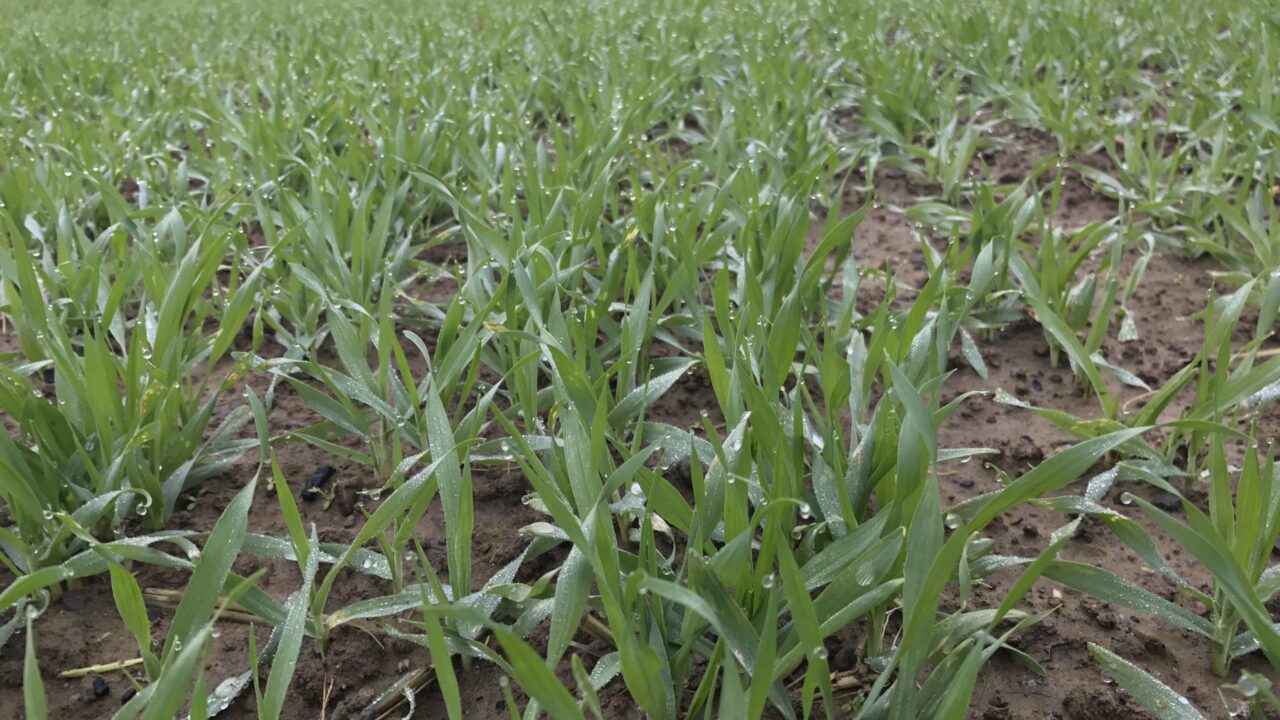Barley yellow dwarf virus (BYDV) is a big risk to all cereal crops and since the banning of neonicotinoids in the EU and the development of resistance in aphids to pyrethroids, the risk is a lot higher in winter cereals and can reduce yield by up to 2t/ha in cereal crops.
Speaking on the Teagasc Online Crops Forum on Thursday evening (September 10), Tim O’Donovan of Seedtech spoke about alternative management of BYDV.
The first thing he stated is that it is important to know the life cycle of aphids and what influences them. This in turn will result in delaying drilling dates.
Choosing a variety which shows tolerance to BYDV is important, but these varieties are currently only coming onto the market here in Ireland and seed availability for KWS Joyau – which has a tolerance to BYDV – is only 5% of the winter barley seed availability for the coming season.
Aphid numbers should be monitored before deciding to spray an insecticide and where possible alternate chemistry should be used.
BYDV tolerant varieties
The graph (below) shows the yield results from inoculated BYDV winter barley trials.
The trials were carried out under high pressure as aphids (which were proven carriers of the virus) were allowed to live on barley plants in a greenhouse, and at the two to three leaf stage these plants were carried out to the field and placed between the rows of barley to spread into the crop.
Infection levels ranged from 40% to 80%. 10 days after the aphids were released the crop was sprayed with an insecticide to control the aphids, meaning that the aphids were only active on the crop for 10 days.
It’s clear from the graph that the variety with BYDV tolerance (Amistar) achieved the highest yields as infection levels increased, where as the two and six-row varieties with no BYDV tolerance showed a yield decrease as BYDV infection levels increased.
Yields were cut by 50% at high levels of infection on the two and six-row varieties which did not have BYDV tolerance.

